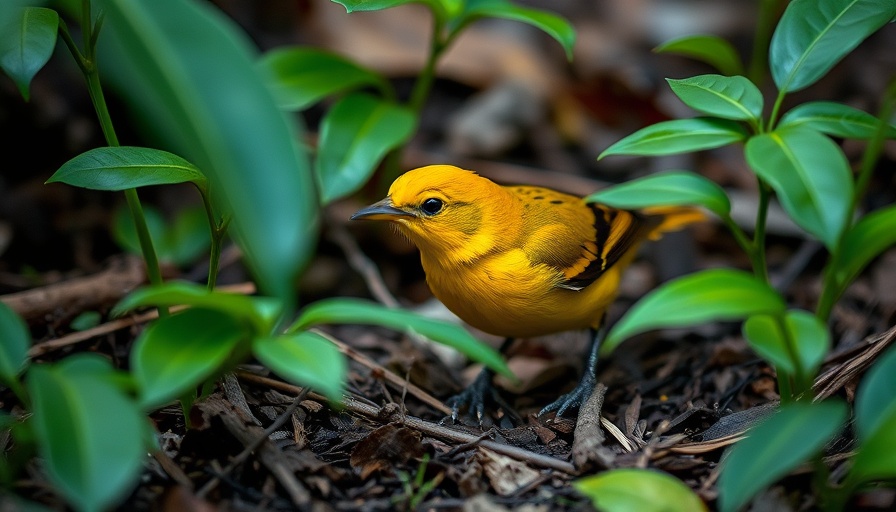
Unveiling the Superb Lyrebird: Nature's Greatest Mimic
The Superb Lyrebird, native to the lush forests of Australia, is not just an ordinary bird; it's a master of imitation. This remarkable creature can reproduce the songs and calls of other birds with astounding precision. Imagine a bird, with an impressive vocal range, echoing the unique calls of species around it—this is what makes the Lyrebird so special.
The male Superb Lyrebird not only uses its mimicry to attract mates, but they also have an intriguing additional skill—female lyrebirds imitate the sounds of predators. This clever strategy can deter rivals and protect their territory without direct confrontation. In the wild, a lyrebird's vocal capabilities can impress even the original callers. Listen closely, and you'll hear not just its signature tune but the calls of a Yellow-tailed Black Cockatoo, a Pied Currawong, and even the iconic Kookaburra.
The Soundscape of the Forests: More Than Just Bird Calls
The mimicry of the Lyrebird goes beyond avian sounds. In captivity, these extraordinary birds can pick up on unusual noises from their environment. Reports from zoological parks have documented Lyrebirds imitating car alarms, chainsaws, and even camera shutters—an ability that showcases their adaptability and intelligence. One instance captured by the BBC featured a lyrebird mimicking a camera shutter, leaving audiences in awe of this feathered trickster's talents.
The Ecological Significance of Mimicry
Understanding the mimicry of the Superb Lyrebird goes beyond mere fascination; it highlights an intricate part of the ecosystem. Each bird call serves a purpose, maintaining the balance in the forest. The mimicked calls of the lyrebird contribute to a rich soundscape that enhances communication among species, playing a pivotal role in maintaining harmony within their habitats.
 Add Row
Add Row  Add
Add 




Write A Comment